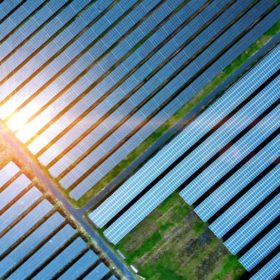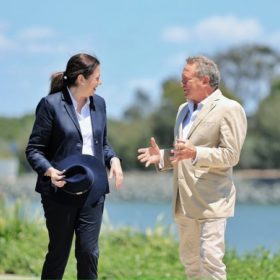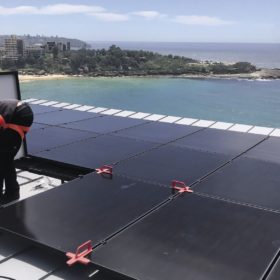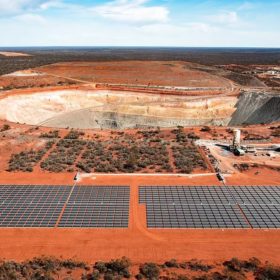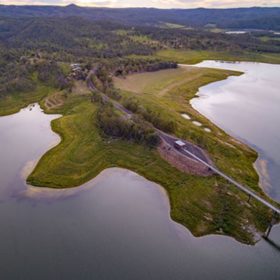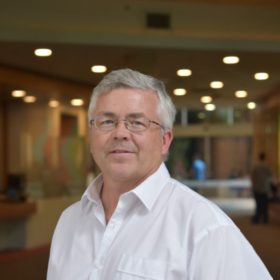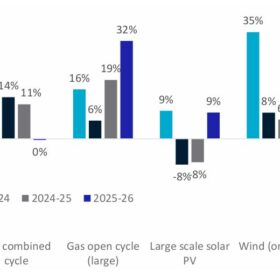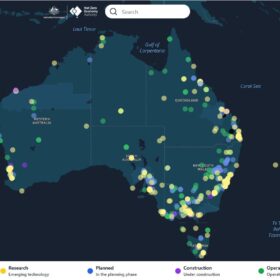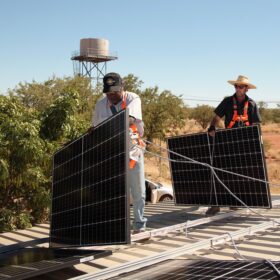Wirsol seeks renewable projects and acquisitions: first stop Barnawartha
Against the backdrop of a second Victorian reverse auction for renewable energy, German-owned developer Wirsol takes up a large-scale solar project in the border city of Wodonga.
Contracts are out for major SA construction works on Project EnergyConnect
Nothing if not critical, the 900 km renewable energy transporter is inching towards shovel time. This weekend ElectraNet awarded transmission and substation contracts for South Australia’s piece of the electron super highway to Australia’s National Electricity Market.
Fortescue Future Industries to build a 2 GW hydrogen electrolyser plant in Central Queensland
From iron ore magnate to renewable energy mogul, Dr Andrew ‘Twiggy’ Forrest intends producing everything he needs to turn the world away from fossil fuels to green hydrogen. The latest? A renewable energy infrastructure-manufacturing facility in Aldoga, near Gladstone.
Sunday read: Out of landfill, back in the stream
With technological progress, falling costs, and favourable subsidies all incentivising Australian households to replace serviceable modules and upgrade their rooftop array, a stockpile of useable second-hand modules is mounting. But efforts to embrace reuse rather than refuse are taking shape.
Saturday read: Chinese U-turn on stranded Australian coal could aid solar imports
China’s coal crunch looks set to see the nation turn to the Australian coal it has kept stranded via its year-long unofficial import ban. The news isn’t great for CO2 emissions, but could ease the significant impacts being felt by the Chinese solar industry.
Governments shine spotlight on 1.5 GW Marinus Link project
The proposed $3.5 billion Marinus Link interconnector between Tasmania and the Australian mainland has reached a significant milestone with “critical” environmental referrals being lodged with the federal and Victorian governments.
Australian miner triples solar capacity at WA operation
Australian miner Northern Star Resources has partnered with independent power provider Nomadic Energy to more than triple the capacity of the solar farm at its Carosue Dam gold mining operation near Kalgoorlie in Western Australia.
BE Power steps up plans for 400 MW pumped hydro project
Australian renewable energy developer BE Power will continue to progress plans to construct a 400 MW pumped hydro storage project near Toowoomba in southeast Queensland after the local government authority gave the project its tick of approval.
Fortescue eyes 1 GW solar PV module manufacturing plant
Fortescue Future Industries has revealed plans to develop a 1 GW solar PV module manufacturing plant in Australia after confirming it had acquired a 60% stake in Netherlands-based renewable energy specialists High yield Energy Technologies Group.
Doping delivers improved performance for perovskite solar cells
With some of the world’s largest solar PV module manufacturers warning of looming panel shortages, Australian researchers have declared a new generation of cheap, sustainable and efficient solar cells is now a step closer.
